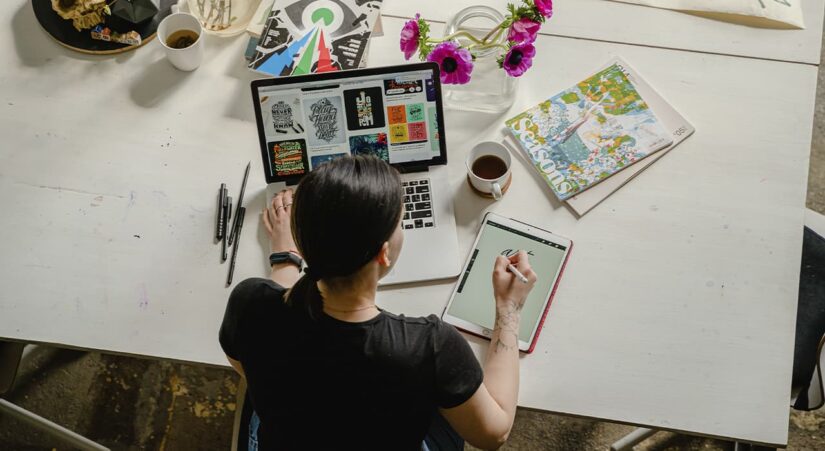New media artists are engineers, scientists, and humanitarians all in one, and often even managers of a whole team of neural networks. Let’s find out how creative robots can be, what interactive installations consist of, and how traditional art combines with computer graphics.
Media in art is the form by which an artist expresses his message. People used to be confined to paint, clay or marble, but in recent decades many new media have emerged. Most of them involve technology in one way or another.
People with different backgrounds work in contemporary art. Sometimes programmers, engineers or biologists come up with an idea, start to implement it and “accidentally” become artists. It happens that a person is initially engaged in art, looking for new forms for it and mastering computer algorithms, for example. Moreover, as we have seen in the examples, new media art is often the product of collective creativity. The artist is the author of the idea, but he can’t understand all the necessary technologies, so he engages specialists from different fields.
And, of course, even if the author is an engineer or scientist, he needs to be a bit of a humanitarian. The line between art and non-art is becoming more and more blurred. For the viewer to appreciate an abstraction from a computer algorithm or the wonders of bioengineering, it is important to formulate a concept and explain what the author meant.
In contemporary art one uses robots, neural networks and computer graphics capabilities, creates art objects out of living nature, makes interactive installations, constructs new worlds for viewers with VR and AR. Today’s artists include people with different professional backgrounds: engineers and programmers, in particular. But despite the importance of technology, the key role in art is played by the idea and its compelling justification.
